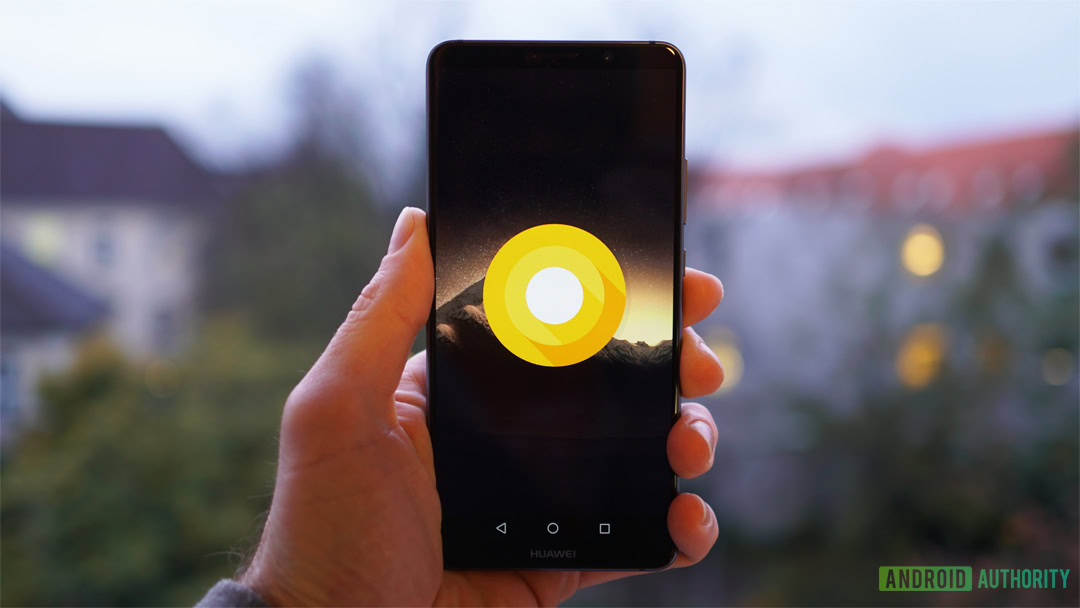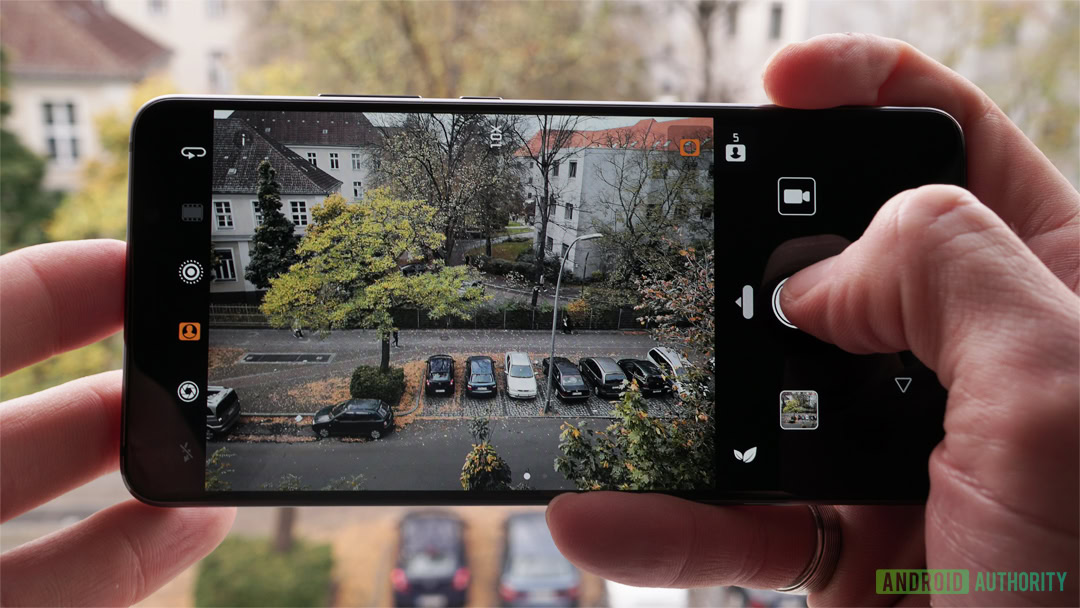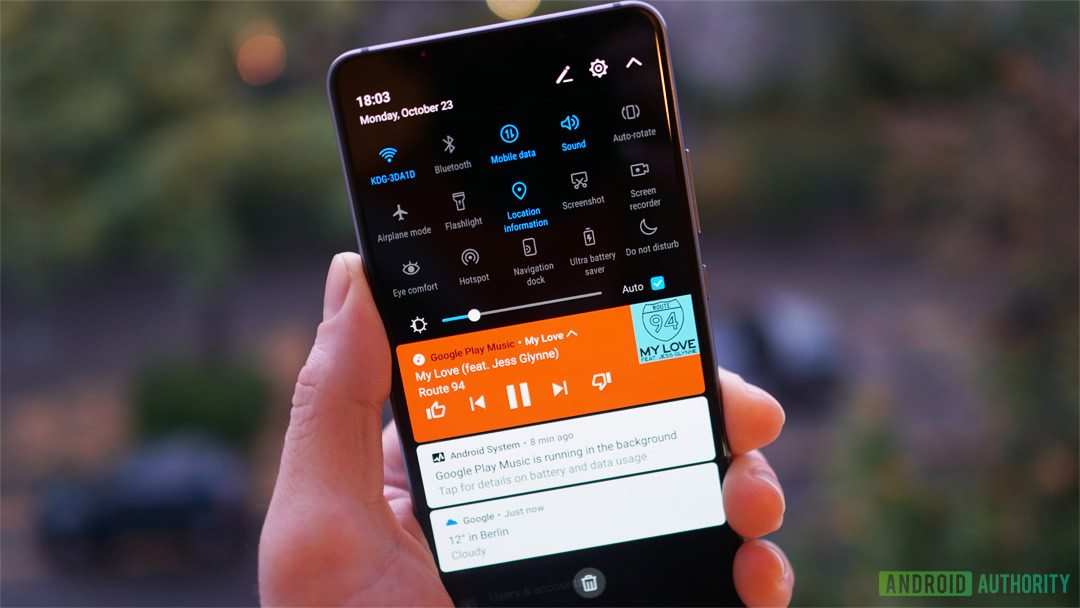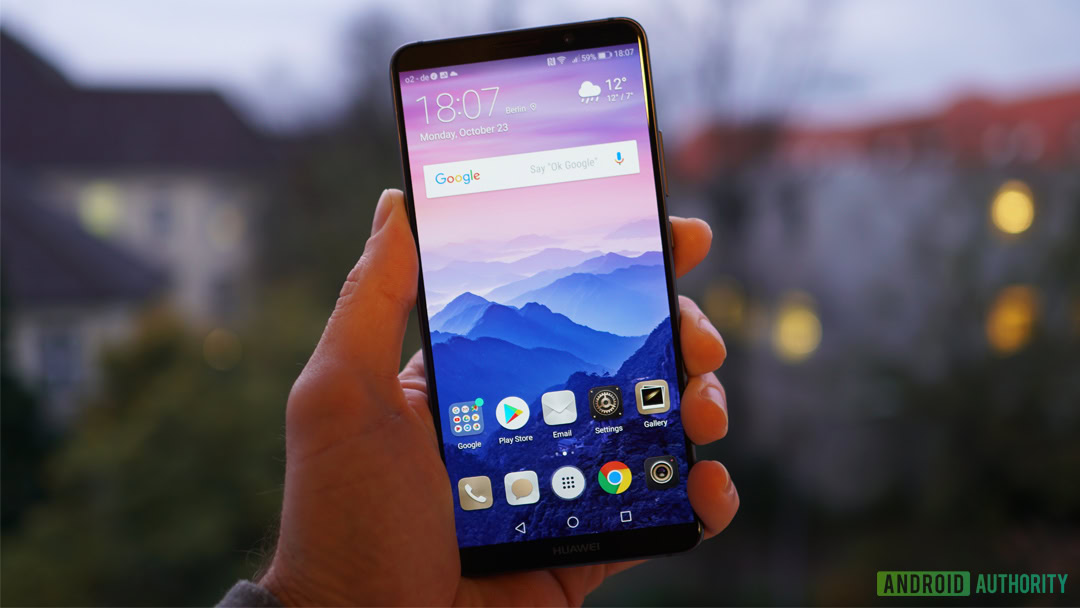Affiliate links on Android Authority may earn us a commission. Learn more.
HUAWEI Mate 10 Series' NPU puts the smart back in smartphone

Sponsored by HUAWEI.
Over the last few years HUAWEI has really taken its game to the next level, and the HUAWEI Mate 10 Series is no exception. As a matter of fact, the HUAWEI Mate 10 Pro was Android Authority’s phone of the year in 2017.
There’s a lot to like about the HUAWEI Mate 10 Series. The design of the phone is beautiful, and the specifications on the inside are top notch. But what really puts it over the top is the Neural Network Processing Unit (NPU) that is included in the Kirin 970 SoC.
The NPU is responsible for a vastly improved user experience than you’d find with many of its competitors. But what exactly does it do, and why does it matter? Let’s take a closer look at exactly what the NPU does to help answer that question.
How does it help?

Our phones are getting better and more powerful every year. AI and machine learning will be leading the charge in the years to come.
The NPU moves AI and machine learning from the cloud to the device locally. This has a number of benefits including stability, privacy, and speed. AI is increasingly important in today’s smartphone experience, so it just makes sense to start performing these operations locally. Most large companies have called AI the next evolution of the smartphone experience. Our phones are getting better and more powerful every year, and AI and machine learning will be leading the charge in the years to come.
Watch the birdie

More than that though, on-device AI processing improves the photo experience. The HUAWEI Mate 10 Series uses AI and machine learning to identify scenes and objects. Shots of greenery, the sunset, or even a cat or dog are improved subtly by the AI engine, upping the photo game of the already-impressive Leica dual camera on the back on the phone. The Kirin 970 chip processes up 2000 images per second, which outperforms the closest competition by a wide margin.
Processing on-device will always be faster than cloud processing. This is due to the minimal latency when functions are performed locally.
Today’s connections to the cloud are fast, but local processing is even faster. The less data has to travel to be processed, the faster it will go. Having a processor on the phone that is designed to do just that will shave significant time off of all of your processes, reducing latency to practically nothing.
Keep it local, keep it safe

...the NPU is designed to tax the battery even less when performing complex operations.
More than just speed, the on board NPU allows the phone to perform these functions on device, making the processing more secure. Performing AI functions typically requires cloud processing. If there is anything that the past years have taught us, it’s that information in the cloud can be vulnerable, regardless of precautions taken. The more data processing we can take off the cloud, the better off we are. Data processing in the cloud can be susceptible to man in the middle attacks, making data less secure.
Plus, moving those functions to the phone increases battery performance. Local processing of AI and machine learning requires no radios for communication. You’re not forced to rely on mobile networks, or even Wi-Fi.
The less those radios are engaged, the better off your battery will be. Sending and receiving data requires a good amount of power, even when using Wi-Fi. Moving all that horsepower to the local CPU will result in better battery performance. Battery life is a big deal these days, and the NPU is designed to tax the battery even less when performing complex operations.
The future is out there

By adopting an NPU, it is clear HUAWEI is helping shape the future. AI and machine learning will be the basis of smartphone operations in the near future, and HUAWEI is the first to dedicate hardware to those tasks.
Having significant AI capabilities on the device level is the best way to do it. A lot of things are moving into the cloud, and for the most part, we’re better off for it. But for complex operations that need to be done with zero latency, on-device processing is the only way to go. What’s surprising is that other OEMs aren’t catching on just yet.
Bottom-line, the HUAWEI Mate 10 Series is a phone that embraces the future of computing in a way that no other device on the market currently can.